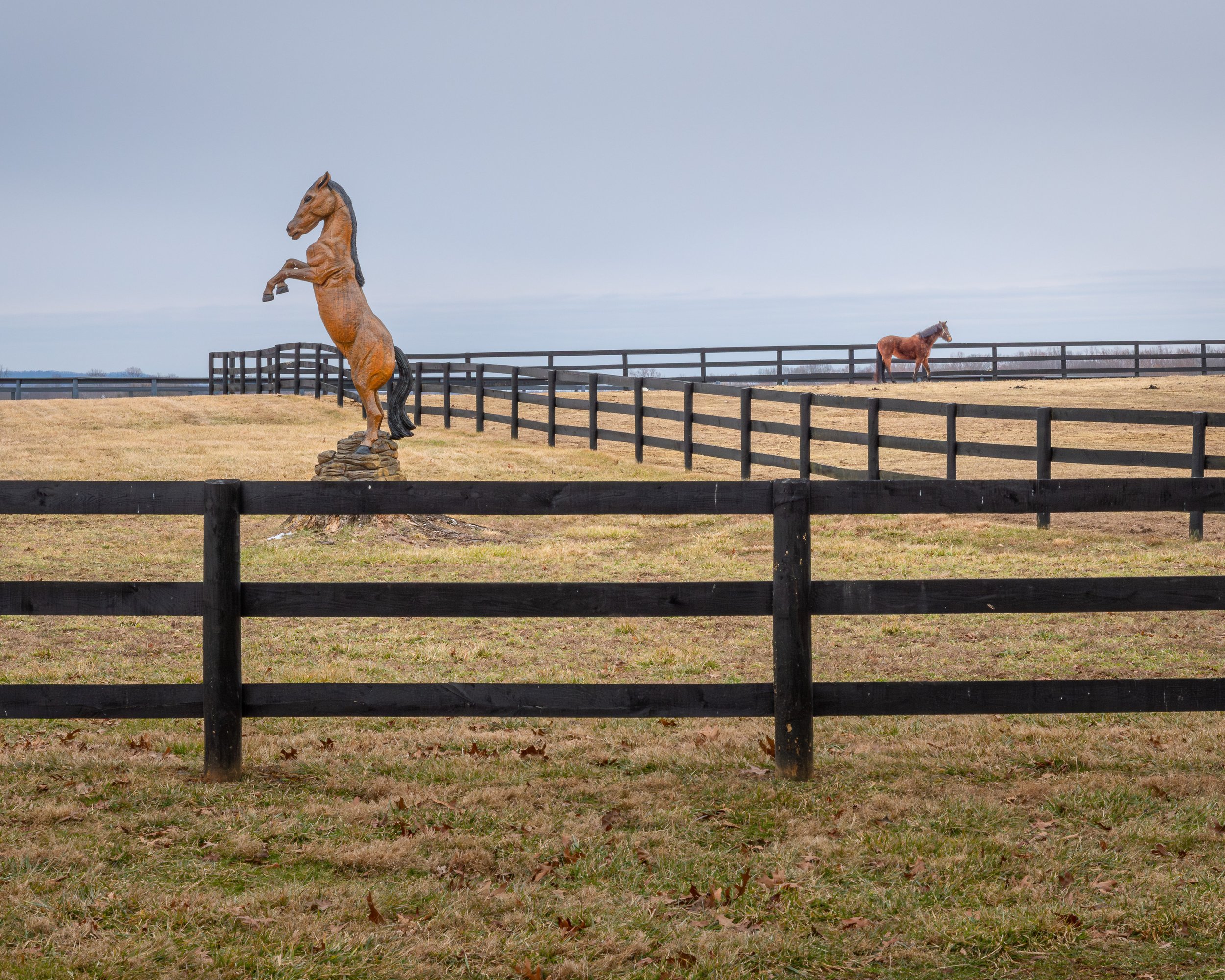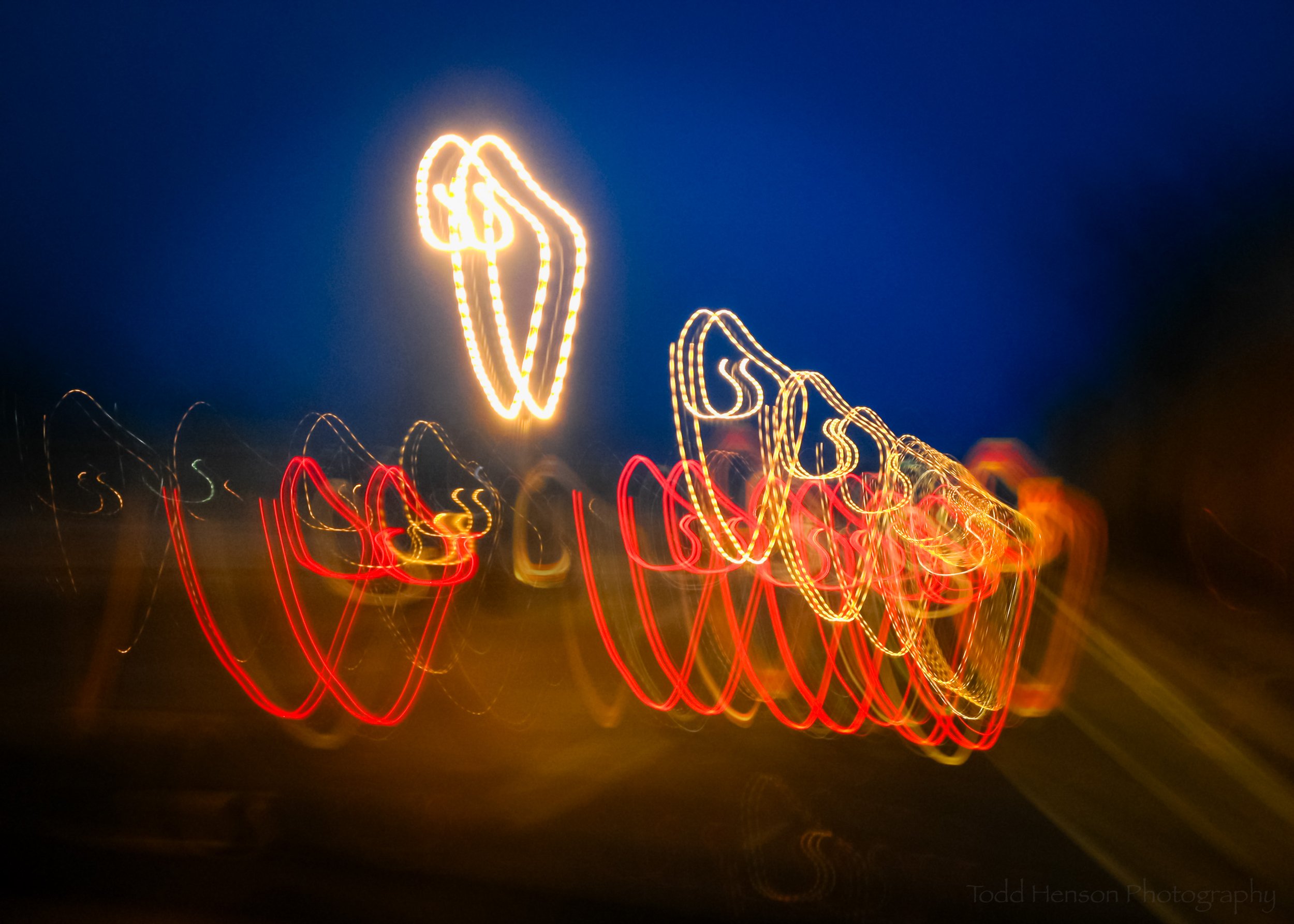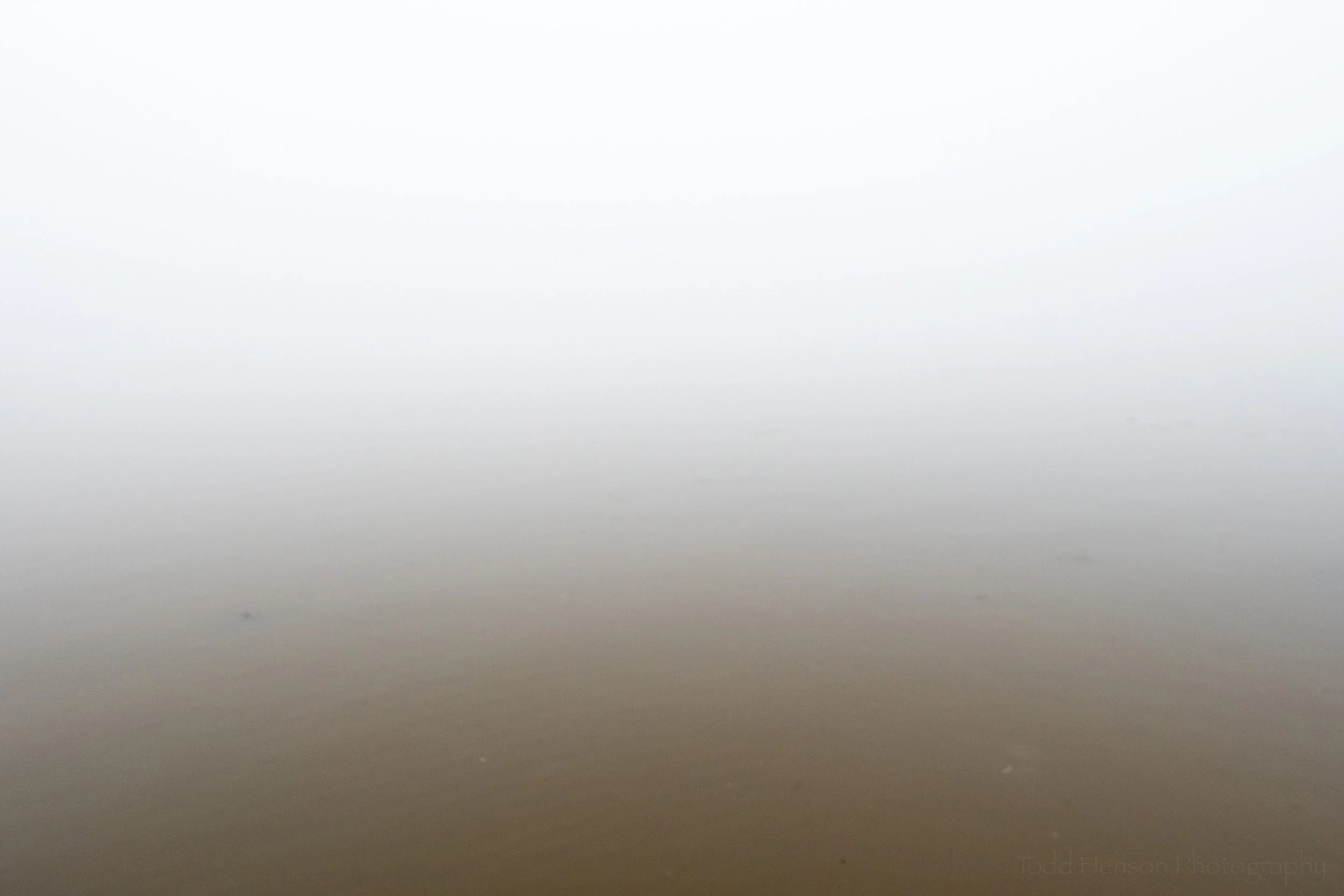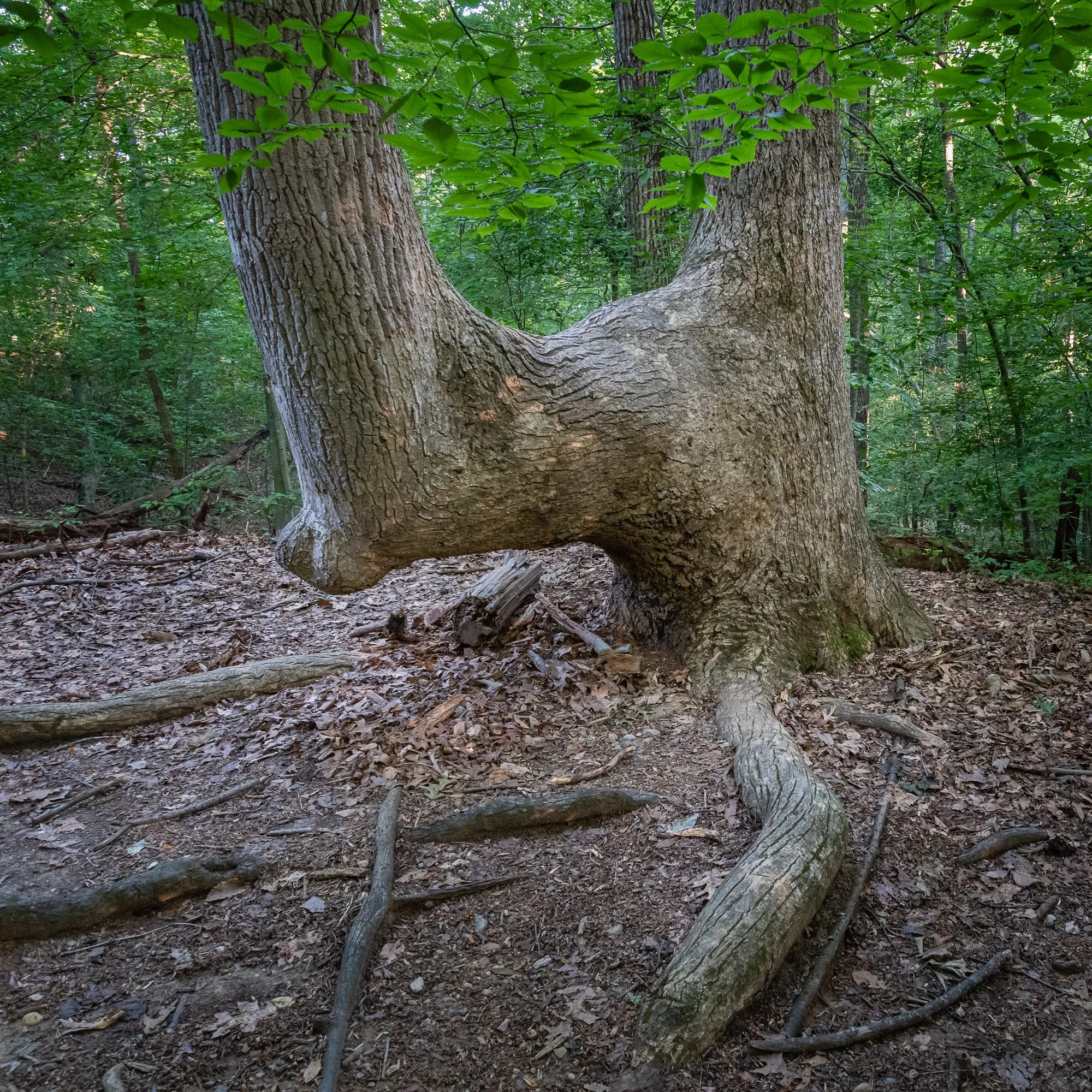The last petals of spring
A look back at the last petals of spring. A rainy morning. My folks garden. A single tulip, fading fast, but still beautiful to see.
Do you enjoy these posts?
Sign up to receive periodic emails with updates and thoughts. Don’t worry, I won’t spam you. And please consider purchasing artwork or products from my online store, and using my affiliate links in the sidebar to the right when shopping online.
I appreciate your support!
More to Explore

Two Horses


























